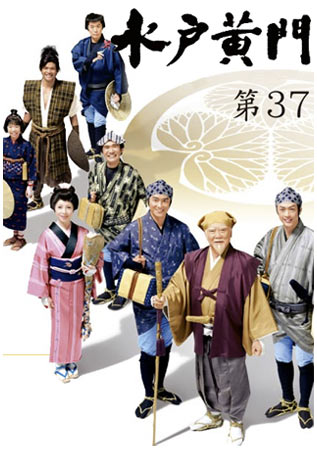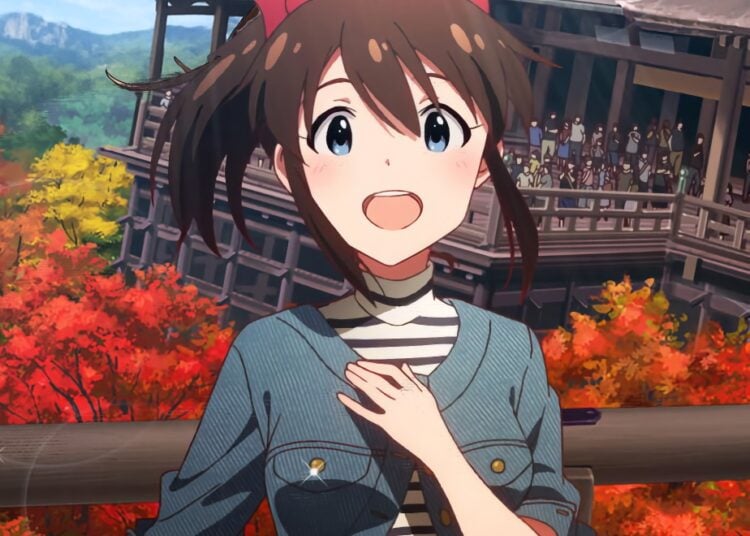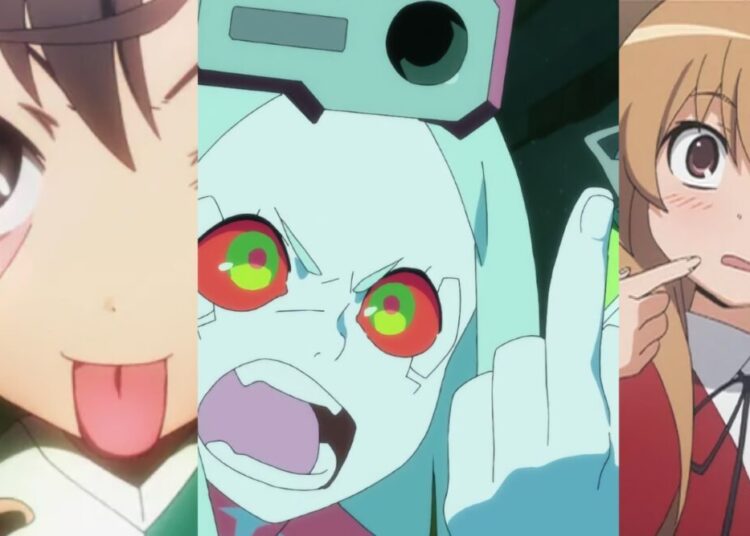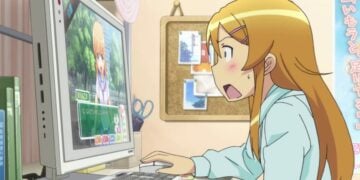One aspect of Japan I’ve always been impressed with is the way popular culture is closely tied to history in the form of jidai geki or samurai period dramas, which is incidentally where we get the word “Jedi” from. It’s not at all strange for an average Japanese person interested in modern forms of media like anime and video games to also love watching intense stories about historical figures in the Edo Period. Sadly, the last few decades have seen the decline in commercially produced jidai geki on television, with the number of weekly shows falling from a peak of 32 in 1972 to just one today, as Japanese viewers get older and sponsors show less interest in funding the programs. Long gone are such gritty classics as the blind swordsman Zatoichi, or Lone Wolf and Cub, the tale of a man whose family is killed, forcing him to flee with his young son. Even the venerable Mito Komon, the tale of a Japanese lord who roams Japan disguised as a kimono cloth merchant solving problems for people he meets and dispensing the Shogun’s justice, ended last month after an incredible 42 year run. Although commercially-produced period dramas have fallen on hard times, they’re alive and well over at NHK, Japan’s version of the BBC, where shows like the massive-budget Taiga Drama are made every year.

Sadly, the era of broadcast period dramas has ended.














